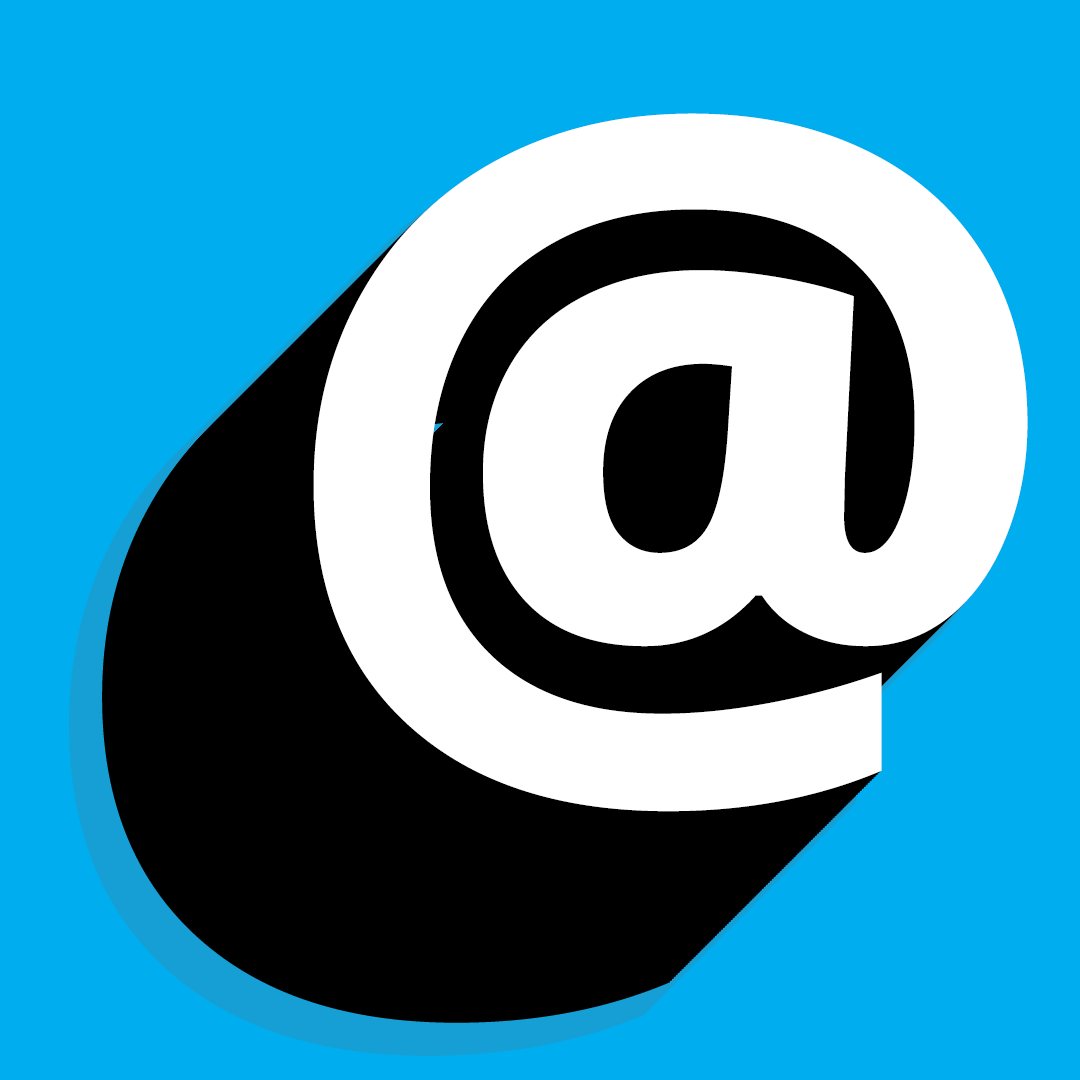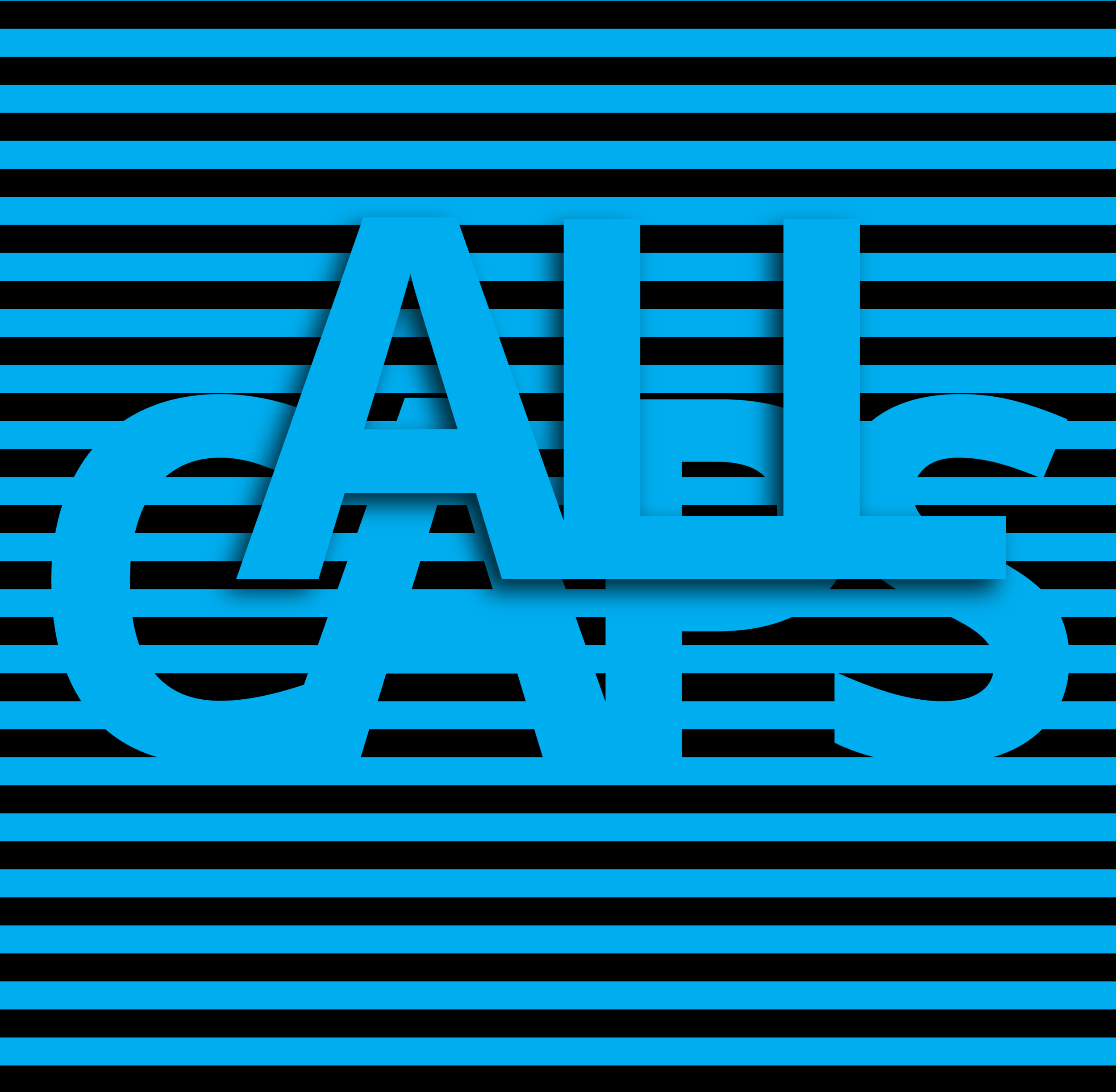Is there ever a reason to use all caps in writing?
Using all caps in your writing
In brief, don’t do it. It’s not fun to be shouted at, nor is it polite to shout—and all caps are both unappealing and sound like shouting. Besides, why write unless you intend to be read? Completely uppercase lettering is harder to understand, because there’s less contrast between letters. Rather than draw attention, it muddies it.
You should make few exceptions to this rule, barring things like city abbreviations (NYC), brand or product names that require uppercase (NARS), and possibly text emergencies such as, “LOL, I YES NEED THAT HOTDOG TODAY THX” and “PS IM LOCKED IN A CAGE.”
Etymology for your interest
So, where did uppercase even come from, anyway? Well, let’s hop back to the days of the letterpress. You’ll recall that capital letters have this synonym, and that goes someway to explaining the nomenclature: literally, uppercase in both name and location. The capital letters were actually housed in a case on the higher shelf due to being used far less frequently than the lowercase letters.
A note of little importance
But why capital, then? Well, for that we can look to Old French. The derivation lies in the Latin capitalis, of or pertaining to the head. We could leave it there, but Latin always gets the cred, so real quick we’ll nip back further and just take you to the origin word, kaput, a Proto-Indo-European root meaning head.
Now, all those origin words mean it literally in many ways. But, since English does love to become figurative over time, head eventually becomes synonymous with importance. This is why we have capital cities, capital letters, and capital punishment. Isn’t it curious to note what got underlined as “chief” by those in control of words back in the day?











